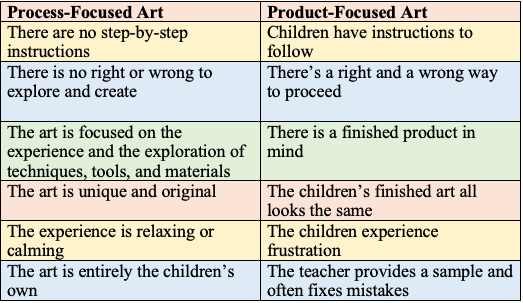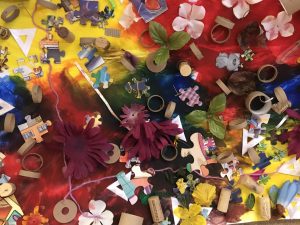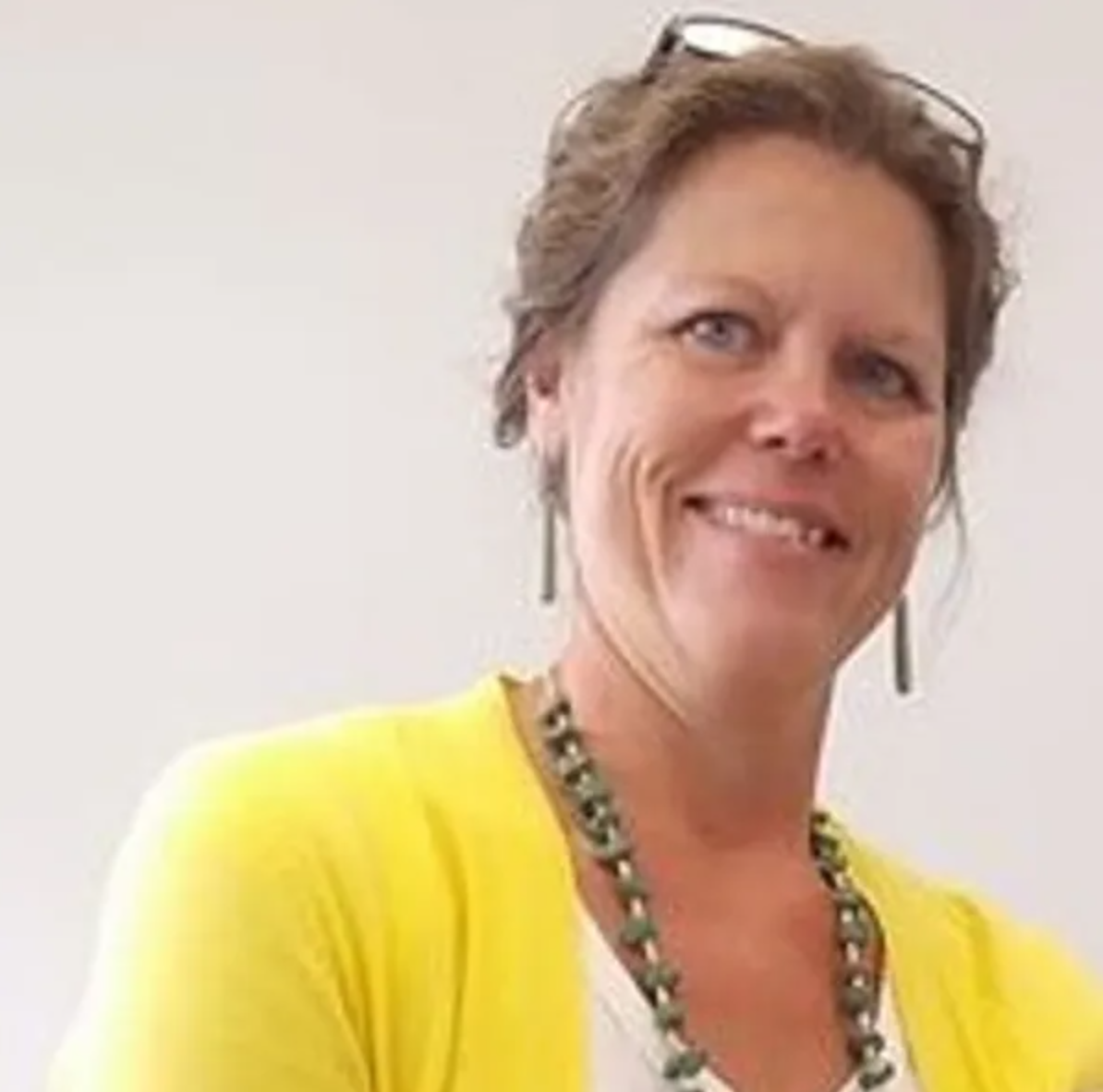VAAEYC Admin/ March 9, 2021/ Events, Music and Arts
Meet Kim Thomason
Kim holds a B.S. in Early Childhood Education and an M.S. in Family Relations and Child Development, both from Oklahoma State University. As a Certified Child and Parenting Specialist, she worked as a Domestic Violence and Therapeutic Foster Care Counselor, Regional Director for Service Learning for the Oklahoma Department of Education, Consultant for National Resource Center and Center for Early Childhood Professional Development. In 2003 Kim was the recipient of the SECA Helen Harley Memorial Award. Since moving to Blacksburg, Virginia she has worked as a consultant for DSS Early Childhood Education, Adjunct Faculty at New River Community College and Radford University, and as the NRV Virginia Quality Local Coordinator and Curriculum Specialist. Currently, she is the CEO of Three Presidents Consulting, LLC, serves as a Professional Development Specialist for Council for Professional Recognition, and a certified Infant, Toddler, and Pre-K CLASS observer.
This year, at the 2021 VAAEYC Annual Conference, the Children's Art Gallery will highlight Process-Focused Art. Kim shares with us the mentality behind process-focused art - and the joy!
FINDING JOY IN THE PROCESS
As we move into this 21st year of the 21st century and continue to move through life in a pandemic, I find myself striving to find joy in the process of the everyday. This includes how I think about supporting educators in their work. What is it that brings you joy in your interactions with children daily? What materials and provocations in your room spark joy in the process of learning, interacting and playing alongside children to support their learning and development? Is your art center/classroom atelier a place that you and children can find joy in the process of learning?

Artwork courtesy of Rainbow Riders Childcare Center
As part of VAAEYC we hope to spark joy in the everyday moments of teaching. We know true learning occurs in the moments of routine, curiosity, and inquiry that fill our daily interactions with children as well as between children and their peers. The work that will be displayed in the virtual art exhibit at VAAEYC 2021 are examples of process art that is open-ended where the formation of the artwork is a form of discovery and an expression of how they see the world.
What is process art, you ask?
NAEYC characterizes process art as art having no step-by-step instructions, no sample for children to follow, or a right or wrong way to explore and create. Process embodies the experience and exploration of techniques, tools, and materials is the focus in which original, unique, child-directed, and choice-driven art is created. Kashin, 2019 states,
“The term process art was not born in the world of early education. Process art is an artistic movement as well as a creative sentiment where the end product of art, is not the principal focus.”
The below chart by Dr. Kashin characterizes the difference between process and product art:

A Closing Thought;
The song Flowers are Red, tells of a little boy who lost his creativity after being told flowers were only to be painted red and green. “There’s no need to see flowers any other way, than the way they always have been seen”.

Artwork courtesy of Virginia Tech Child Development Center for Learning and Research
Are you a FLOWERS ARE RED educator? Let children see and experience the joy of learning in your classroom through art. Yes, it will be messy, but unite with your colleagues, peers, and mentors to think through how to introduce process art in your classroom. The benefits to finding joy in the process of learning through play, including art, allows us to support children’s development through the relaxing /calming process, freedom to explore and create with many and varied materials. Don’t let your students become like the boy in the song who only sees flowers in red and green. Let art be viewed as a creative process, rather than as a right or wrong end product.
A resource that might be helpful to share with colleagues and parents in understanding process art can be found at https://www.naeyc.org/resources/pubs/tyc/feb2014/process-art-experiences
References:
Art for Art’s Sake: Process Art in Early Childhood Education by Diane Kashin, Ed.D, RECE
NAEYC, https://www.naeyc.org/resources/pubs/tyc/feb2014/process-art-experiences

